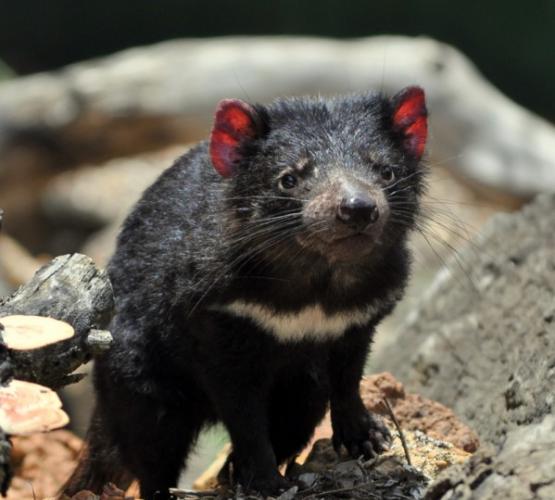- +61 8 9248 1984
-
WHITEMAN
13.0℃

Sacrophilus harrisi
Endangered
6 - 8 Years
Approximately 8 Kilograms
Most of the time, they eat birds, snakes, fish and insects. Often, they feast on dead carcasses, called carrion.
The Tasmanian devil is found on the island of Tasmania, devils can live anywhere on the island, they prefer coastal scrublands and forests
The Tasmanian Devil is solitary, but not territorial and although individuals may have home ranges of 10 to 20 ha, they usually overlap considerably. They tend to move throughout the nighttime in search of food, and when food is scarce have been known to travel up to 16km during dusk and dawn. They generally retire in a hollow log, cave or burrow, emerging at night to feed. The Tasmanian Devil is a meat eater, like a dog, but its jaw is much more powerful. It has a locking jaw with a bite that is approx 3 times stronger than most dogs. Tassie Devils have a top speed of approx. 13km p/h which can make hunting difficult, so they tend to feed off carrion, such as wallabies, kangaroos and wombats. They hunt insects, birds, small mammals such as possums and are good at fishing from streams. Being a marsupial, females have a pouch which is rear facing. She breeds once per year and has a gestation period of 31 days. 2-4 joeys will remain in the pouch for 4 months. They are independent at 7 months. Mortality is high in the first year of independent life. IUCN Red List Conservation Status – Endangered (upgraded from vulnerable in 2008). The decline is largely attributed to The Devil Facial Tumour Disease (DFTD) which was identified in 1996. It is a fatal disease, characterized by cancers around the mouth and head. It is an unusual cancer, in that it can be contagious; it is spread between individuals through biting.